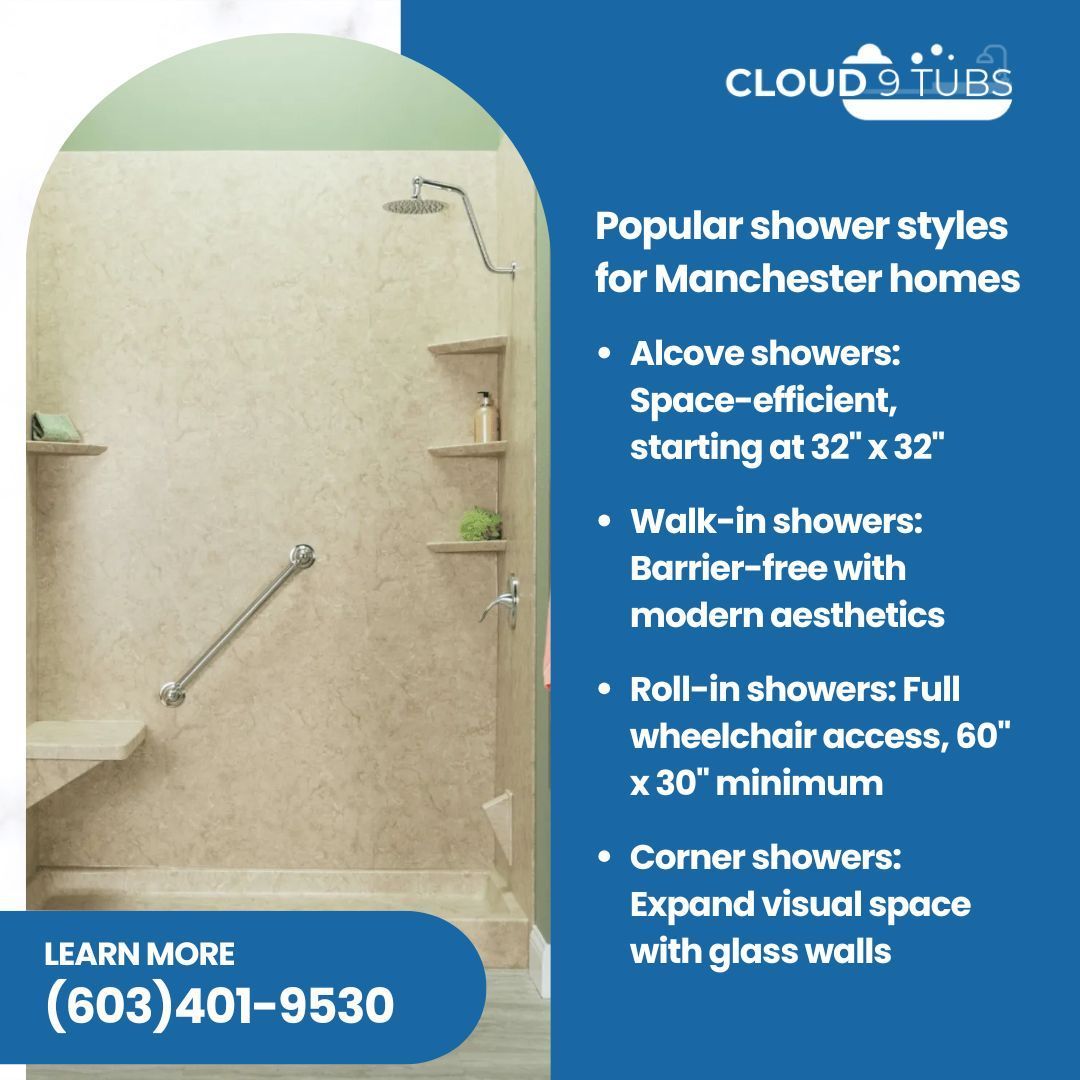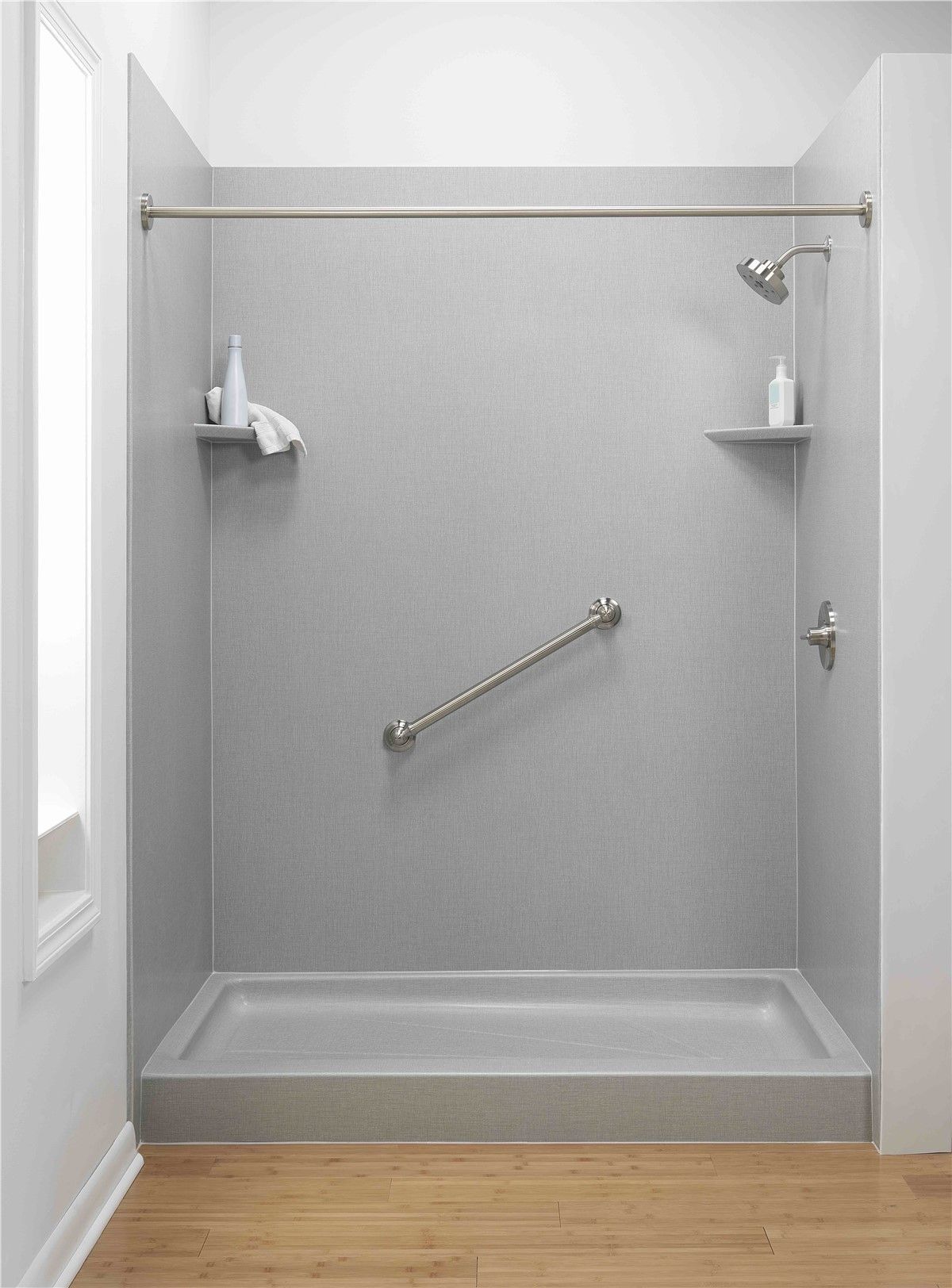Enhancing Accessibility: A Guide to ADA Compliant Showers and Baths
When it comes to home renovations, ensuring that your bathroom is both accessible and stylish can significantly enhance the quality of life for individuals with mobility issues. ADA compliant showers and baths are not just a requirement for public facilities but are becoming increasingly popular in private homes as well. These solutions cater to everyone, especially those facing physical challenges, ensuring safety and independence in the bathroom.
What Makes a Bathroom ADA Compliant? ADA compliance involves adhering to specific standards set by the Americans with Disabilities Act, which are designed to make bathrooms accessible to people of all abilities. These standards include necessary features such as grab bars, non-slip surfaces, and adequate wheelchair accessibility. For showers, this might mean roll-in designs with no steps, lower shower controls, and handheld showerheads. Baths may require wider door openings, lower tub walls, and seated shower options to meet these standards.
Why Invest in ADA Compliant Bathroom Features? Investing in an ADA compliant bathroom is not just about adhering to legal requirements; it's about creating a space that accommodates everyone comfortably and safely. This consideration is crucial not only for those with disabilities but also for elderly individuals who might find traditional bathroom setups challenging. Moreover, these features can significantly increase the resale value of your home by appealing to a broader range of potential buyers looking for homes that cater to diverse needs.
The Benefits of ADA Compliant Showers and Baths
Enhanced Safety and Independence
One of the most significant benefits of ADA compliant showers and baths is the enhanced safety they provide. Features like grab bars, anti-slip flooring, and zero-entry shower thresholds reduce the risk of slips and falls—a common concern in standard bathrooms. These elements not only make the bathroom safer but also foster independence by enabling individuals with mobility challenges to use the facilities without assistance. For many, this means a greater sense of dignity and a higher quality of life.
Versatility and Convenience
ADA compliant bathrooms are designed with versatility in mind. Whether it's for someone using a wheelchair or a walker, or for those who find it difficult to step over a traditional tub, these designs accommodate a wide range of needs. The thoughtful placement of controls, adjustable shower heads, and easy-to-open doors contribute to a user-friendly experience that doesn’t compromise on style. This adaptability makes these bathrooms suitable for all ages and abilities, ensuring that your home evolves with your needs.
Preparation for the Future
Investing in an ADA compliant bathroom is not only about meeting current needs but also preparing for the future. As we age, our mobility can change, and having a bathroom that is already equipped to handle those changes can be a significant advantage. It can delay or even eliminate the need for drastic changes or renovations later on. This foresight can save money and inconvenience in the long run, and provide peace of mind knowing that your home does not need to undergo major renovations to remain functional and accessible.
Key Features of ADA Compliant Showers and Baths
Specific Design Requirements for ADA Compliance
ADA compliant showers and baths are designed with specific features to ensure safety and accessibility. For showers, a key feature is the roll-in capability, often referred to as barrier-free or zero-threshold design, which allows wheelchair users to enter and exit without obstacles. The floors of these showers are sloped gently towards the drain to prevent water accumulation, reducing slip hazards. Additionally, shower controls and handheld showerheads are positioned within easy reach from a seated or standing position, and are operable with minimal force.
Ergonomic Enhancements
Beyond the structural aspects, ADA compliant bathrooms include ergonomic enhancements that make them more user-friendly. Grab bars, for instance, are strategically placed not just beside the toilet and in the shower area, but also near the bath if present, ensuring support is always within reach. These bars are installed at varying heights to accommodate different user needs. Seating options in showers are another crucial feature, providing stability for those who cannot stand for long periods. These seats are often foldable to maximize space when not in use.
Innovative Materials and Smart Technology
Modern ADA compliant bathrooms also incorporate advanced materials and technology to improve functionality and ease of use. Non-slip tiles are commonly used for flooring, and easy-to-clean surfaces help maintain hygiene without strenuous effort. Smart technology, like temperature-controlled faucets, can prevent scalding, a common risk for those with reduced sensitivity. Voice-activated or touchless faucets and lights enhance accessibility, allowing for a more independent and safe bathroom experience.
Integrating ADA Compliant Features into Your Home
Seamless Design Integration
Integrating ADA compliant features into your bathroom doesn't mean sacrificing style for functionality. Today's bathroom designs offer a wide array of aesthetic options that blend seamlessly with any home decor. For instance, grab bars now come in various finishes and styles, from sleek chrome to classic bronze, complementing other bathroom fixtures. Similarly, zero-threshold showers can be customized with a range of tiling and glass options that enhance the overall design while maintaining their essential function.
Customization Options
The customization doesn't stop at aesthetics. ADA compliant bathrooms can be designed to fit specific spaces and needs. Whether you are renovating an existing bathroom or building a new one, you can tailor dimensions and features to suit personal preferences and requirements. This means that elements like the height of the sink, the position of the shower bench, and even the layout of the bathroom can be adjusted to optimize space and functionality without compromising on design.
Working with Professionals
To ensure that your bathroom not only meets ADA standards but also fits your vision, it's crucial to work with professionals who specialize in accessible design. These experts can guide you through the planning and execution process, helping you make informed decisions about materials, fixtures, and layout. They can also ensure that all installations are done correctly and safely, providing peace of mind that your bathroom will be both beautiful and functional.
ADA Compliance Checklist for Bathroom Renovations
Comprehensive Planning Before you begin your renovation, it's crucial to have a detailed plan that ensures all ADA requirements are met. This plan should include:
- Measurements: Ensure that all clearances meet ADA standards, such as the space around the toilet and the shower area.
- Accessibility Features: Plan for the installation of grab bars, non-slip flooring, and other safety features.
- Fixture Specifications: Choose fixtures that are easy to use, including lever-handled faucets, adjustable showerheads, and toilets at the appropriate height.
Choosing the Right Materials and Fixtures Selecting the right materials and fixtures is essential for both functionality and aesthetics:
- Flooring: Opt for slip-resistant flooring that is also easy to clean.
- Grab Bars: Install sturdy grab bars in the shower, by the bathtub, and next to the toilet, choosing styles that complement your bathroom’s decor.
- Lighting: Ensure adequate lighting throughout the bathroom, particularly in the shower area, to improve safety and visibility.
Professional Installation Working with certified professionals who understand ADA guidelines ensures that:
- Installations are done correctly: From the plumbing to electrical work, professional installation guarantees that all aspects of your bathroom are safe, functional, and up to code.
- Inspections are thorough: Have your bathroom inspected post-renovation to ensure that everything is installed correctly and compliant with ADA standards.
Maintaining Accessibility Once your bathroom renovation is complete, regular maintenance is key:
- Routine Checks: Regularly check that all features such as grab bars and non-slip surfaces are in good condition and securely attached.
- Updates as Needed: As standards evolve or your needs change, consider updating your bathroom to continue meeting ADA standards and enhancing usability.
By following this checklist, you can create an ADA compliant bathroom that not only enhances the safety and functionality of your home but also adds value and style. With careful planning and professional guidance, your renovated bathroom will provide comfort and independence to all users for years to come.
Blog






